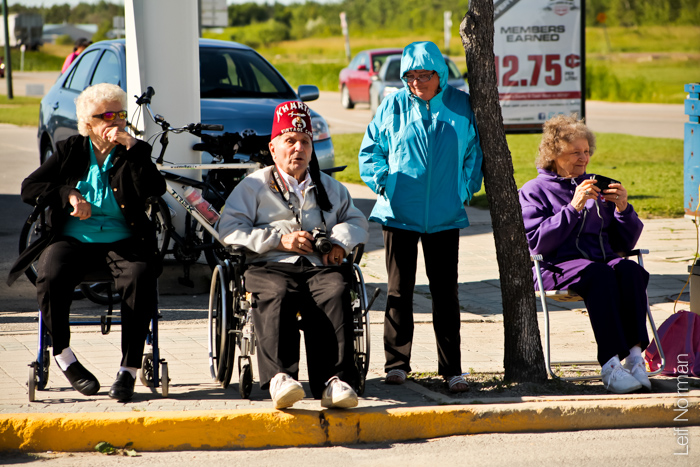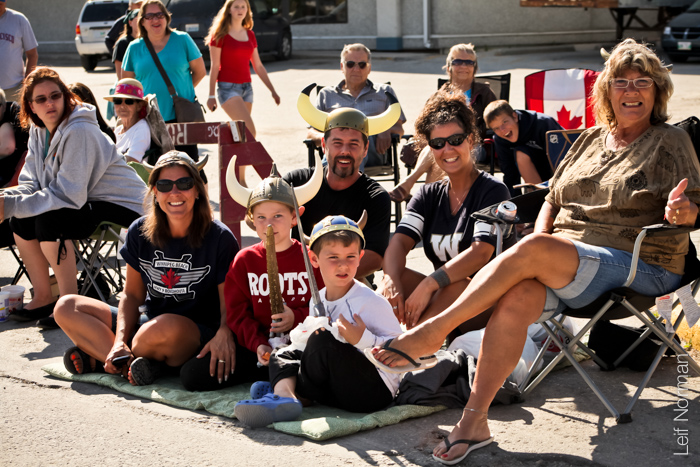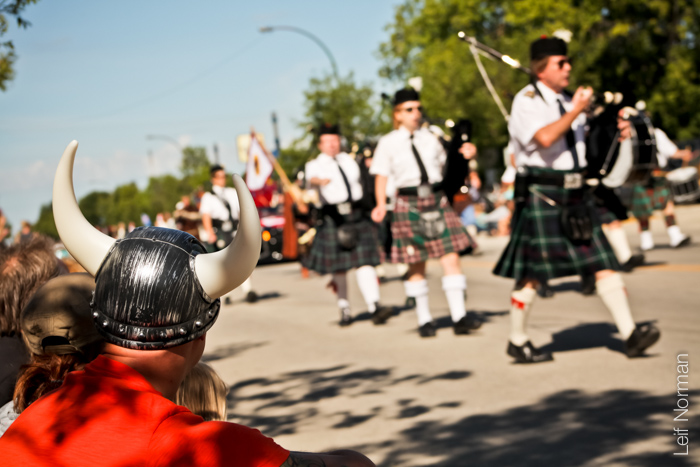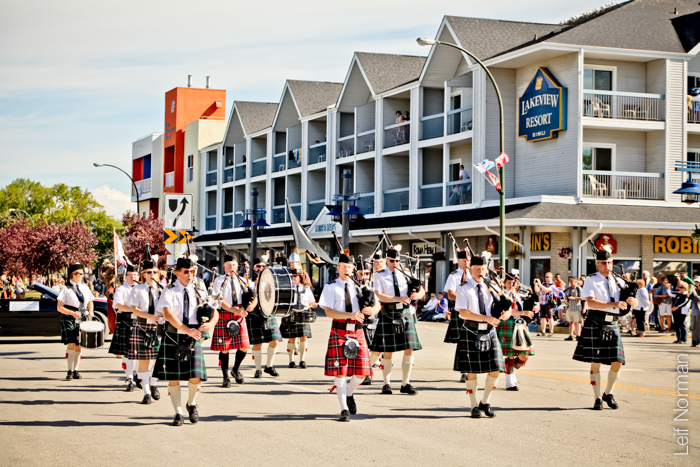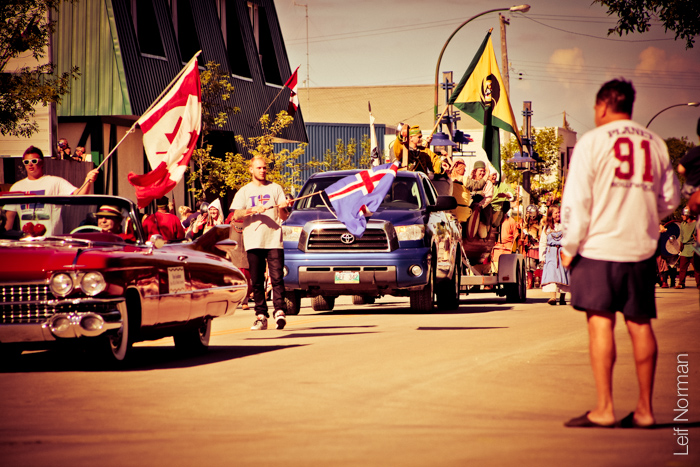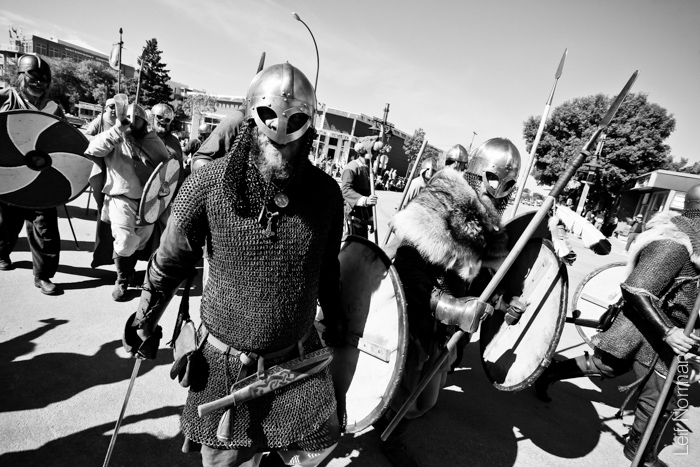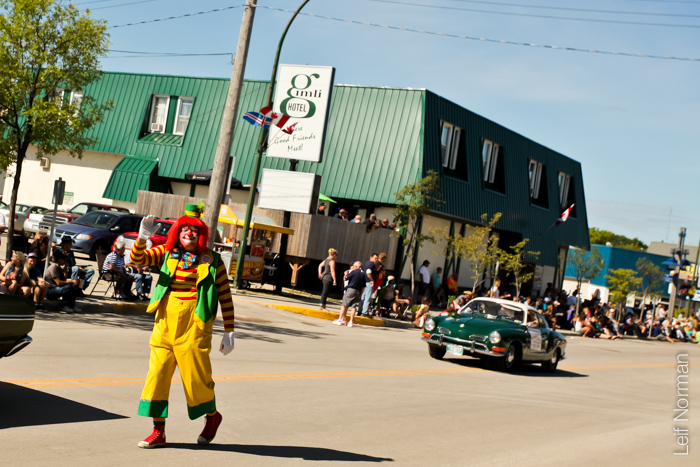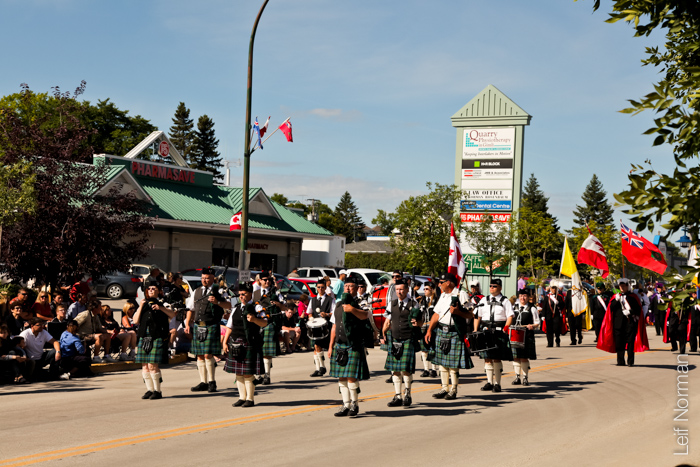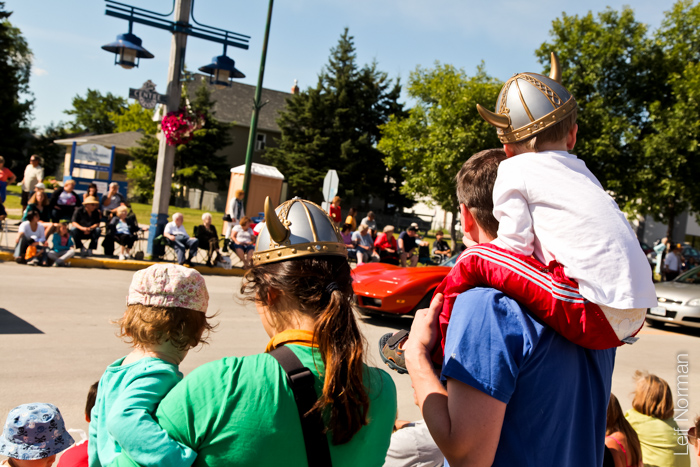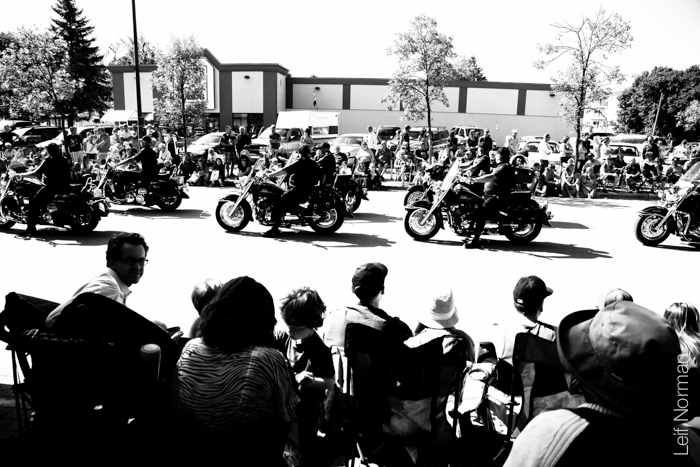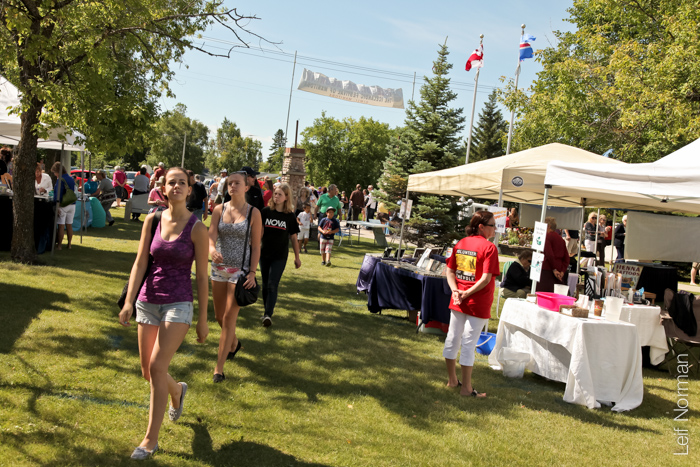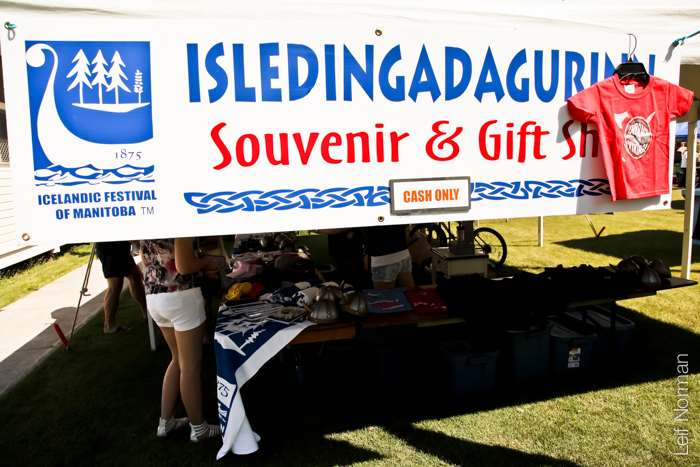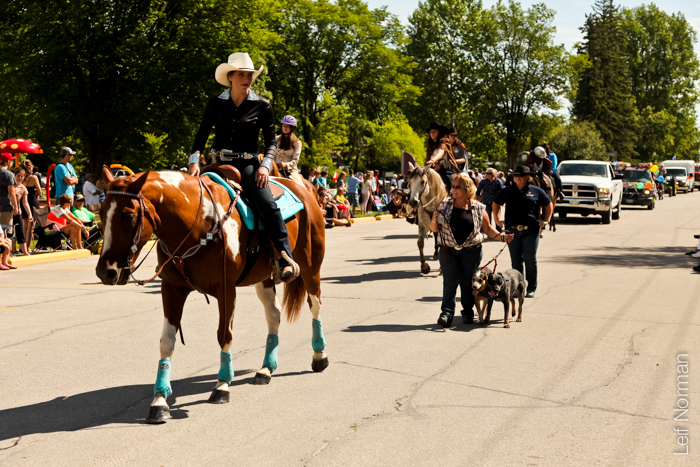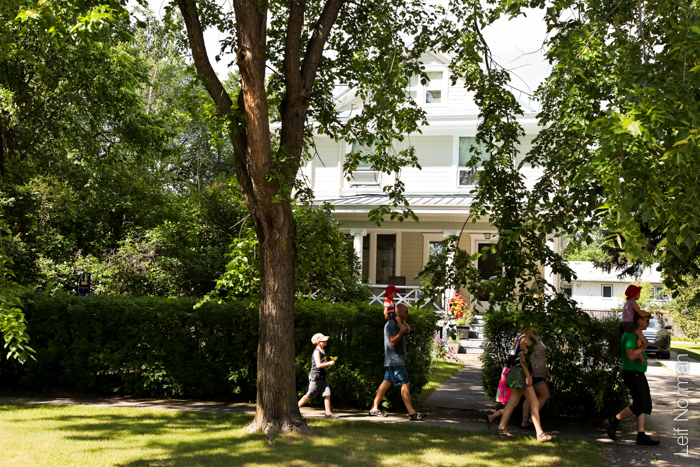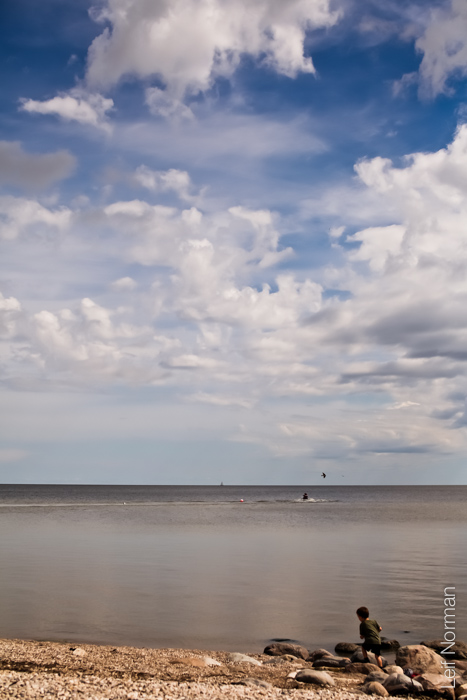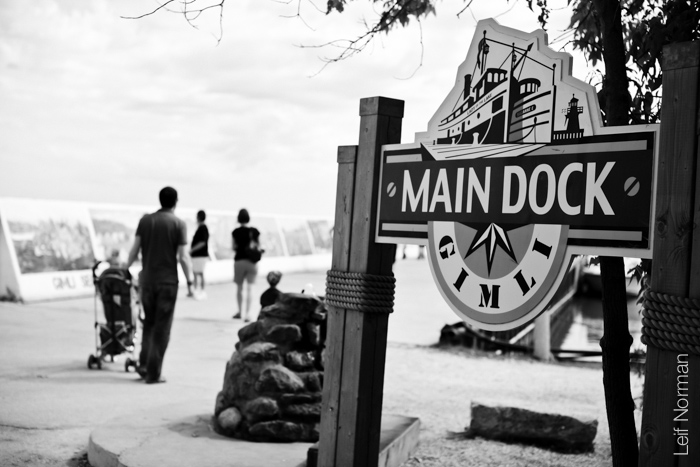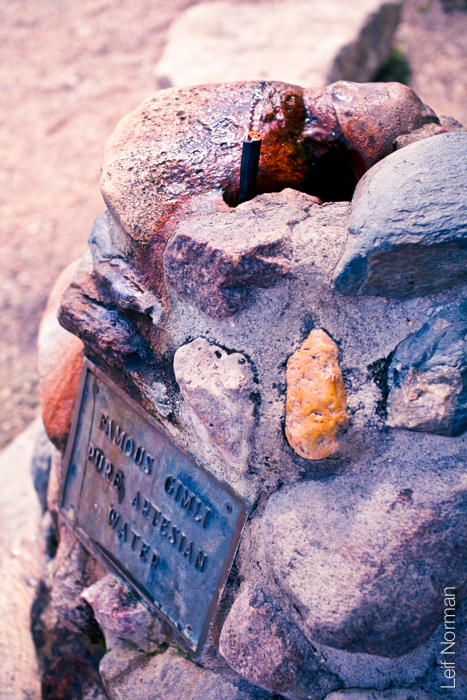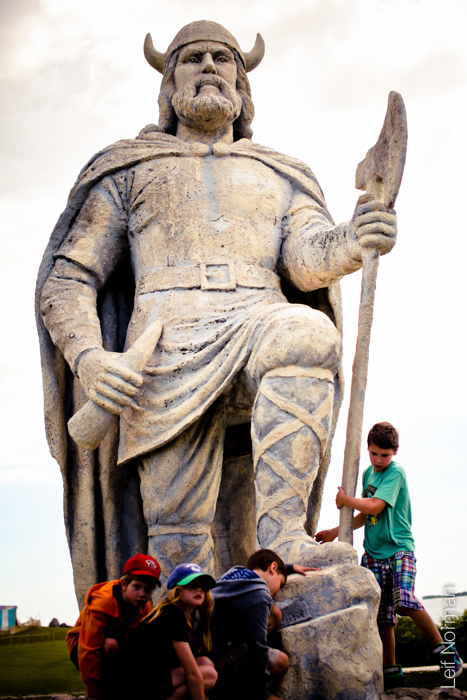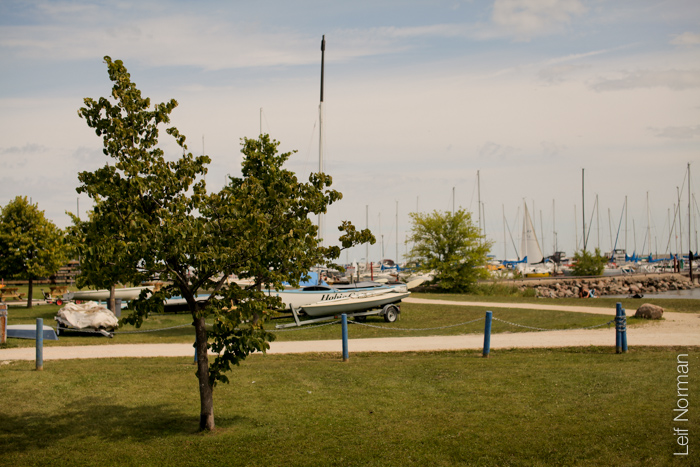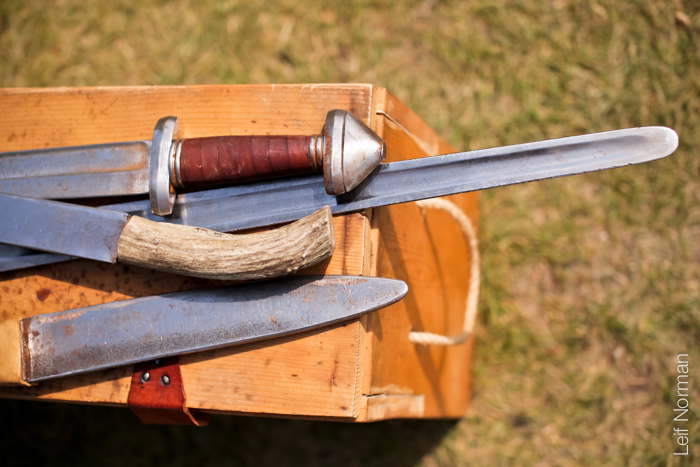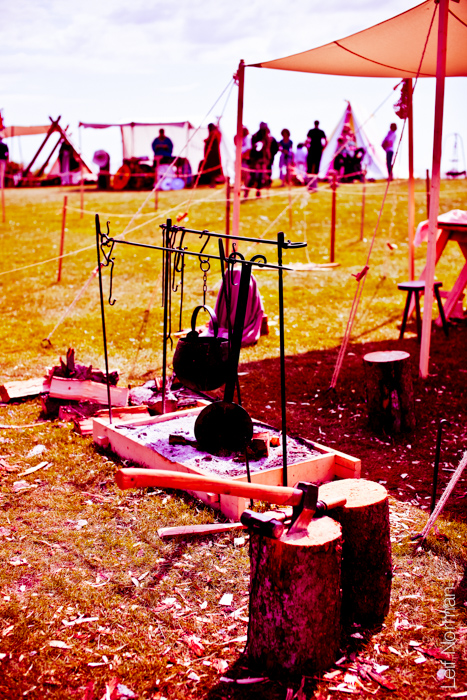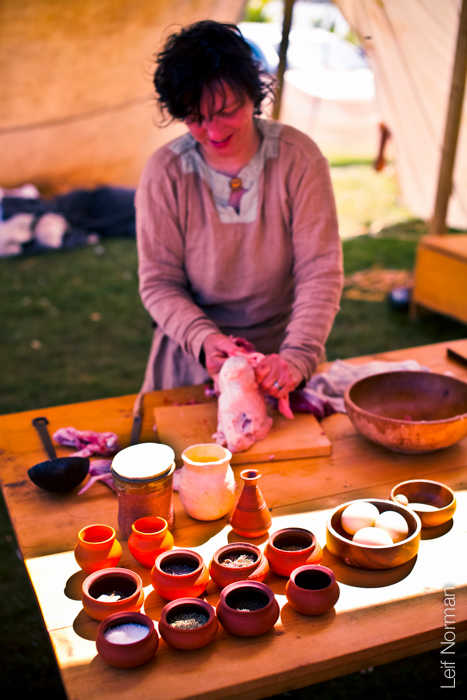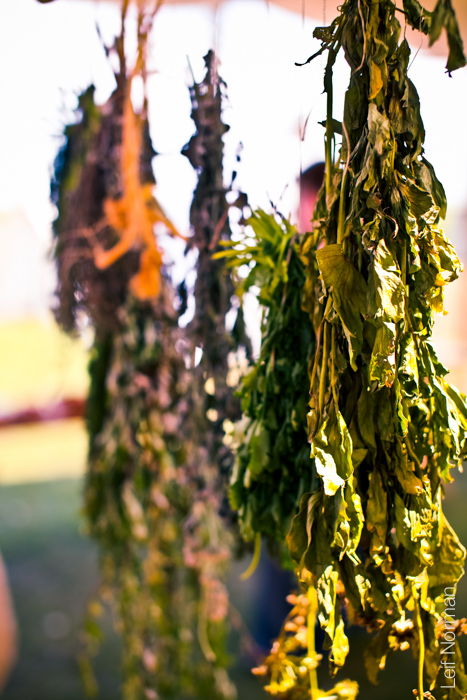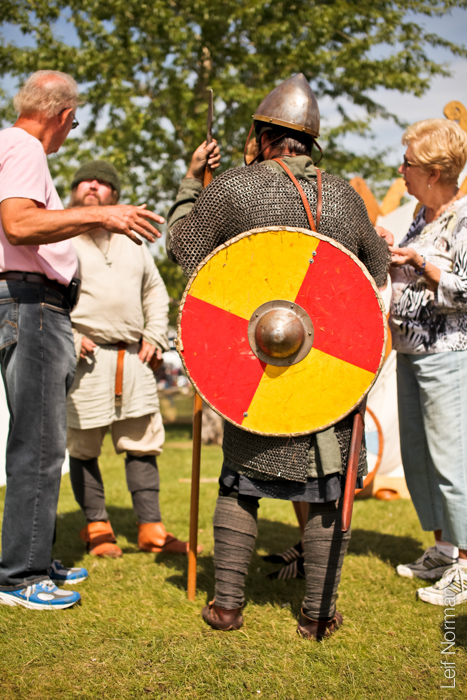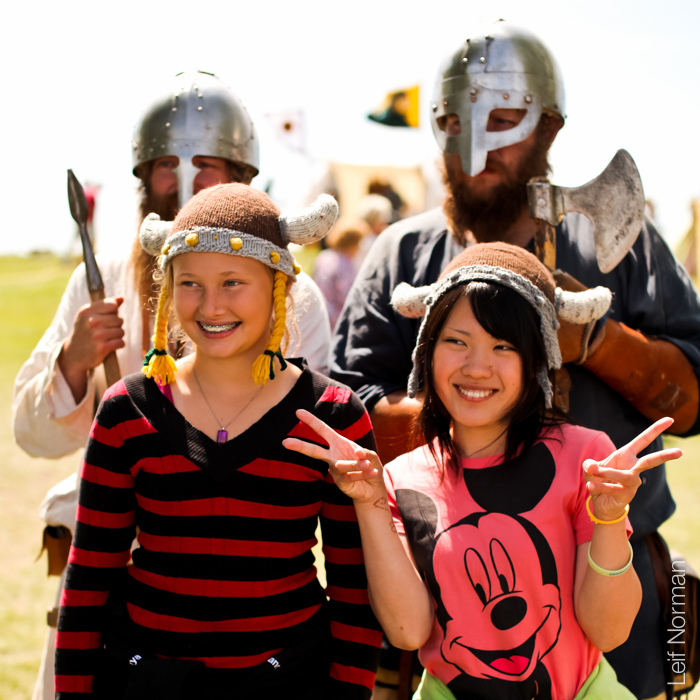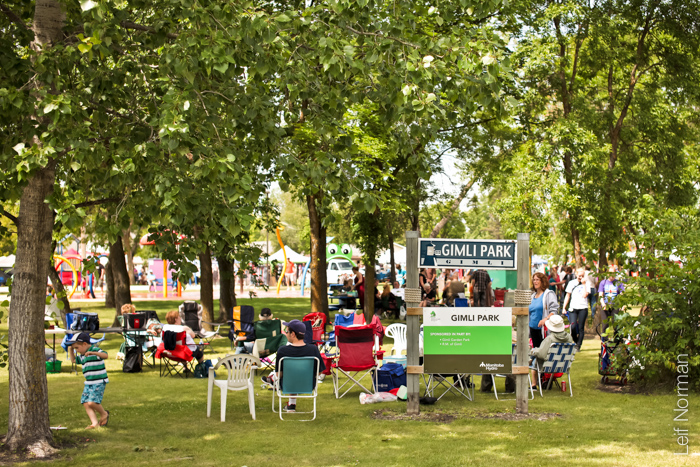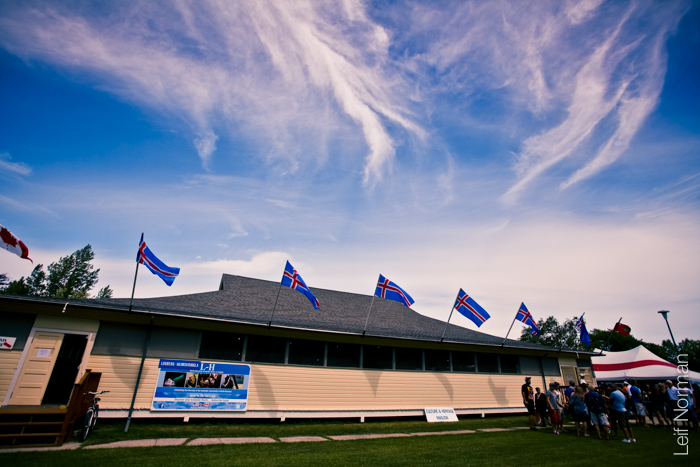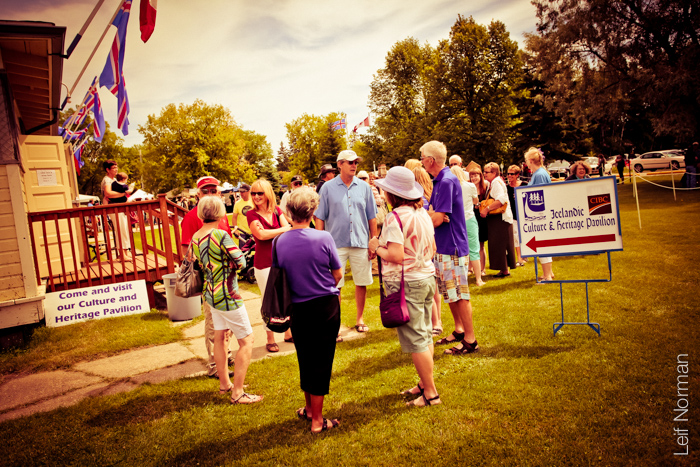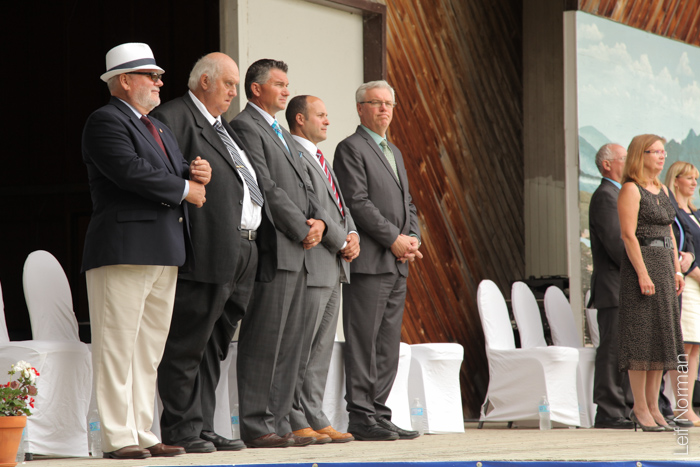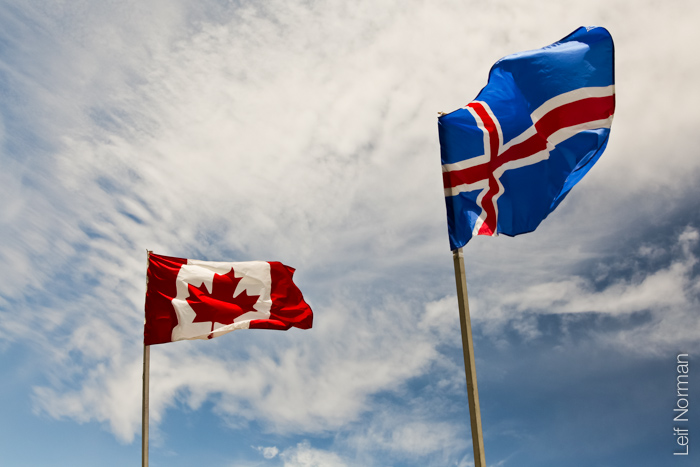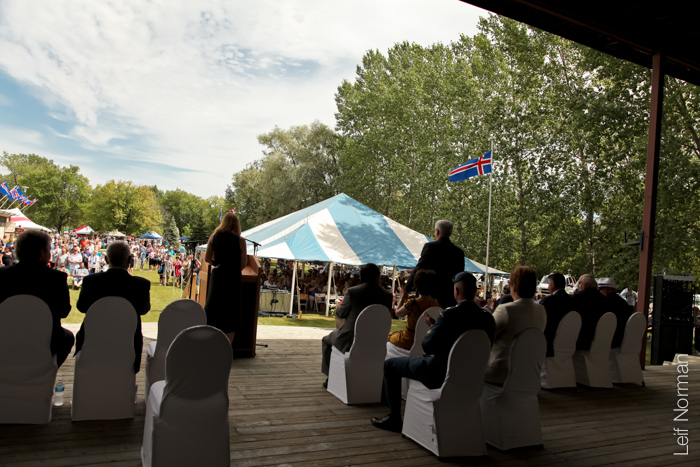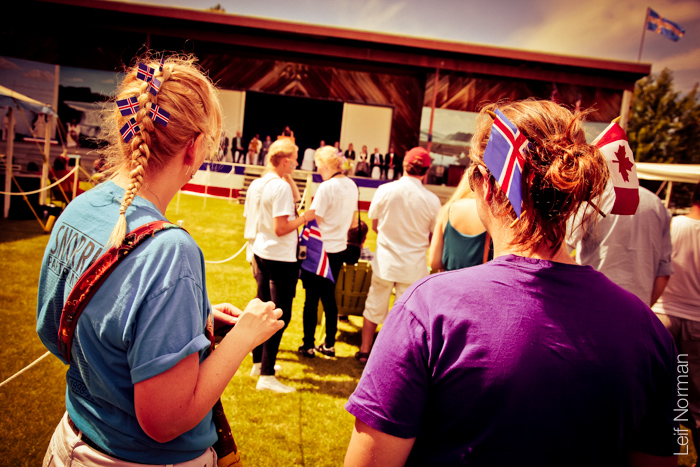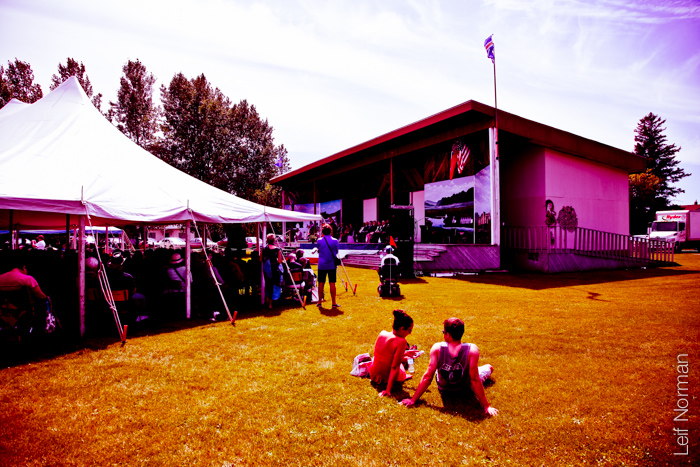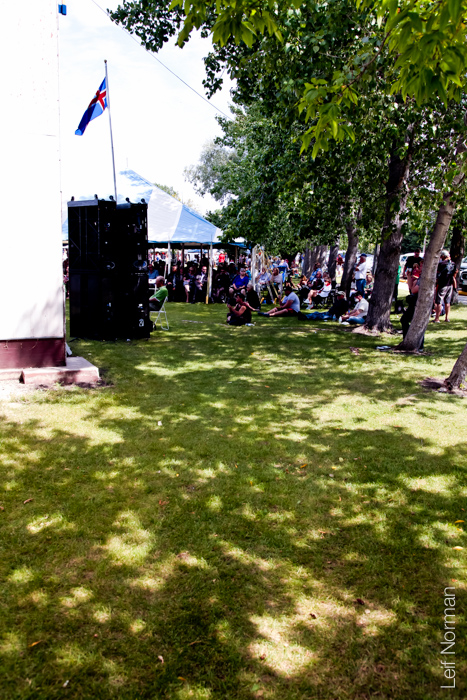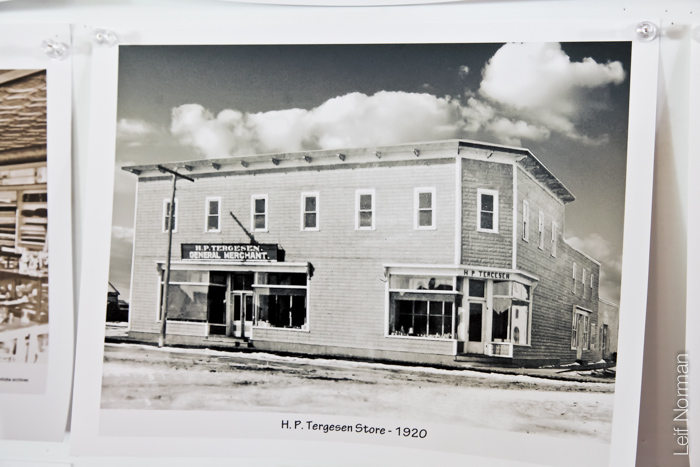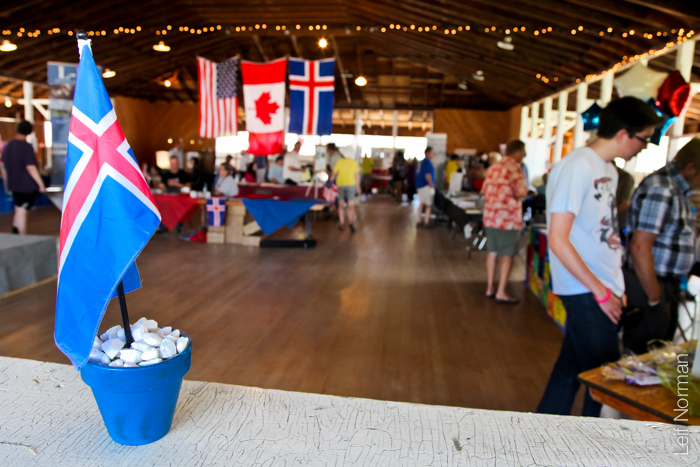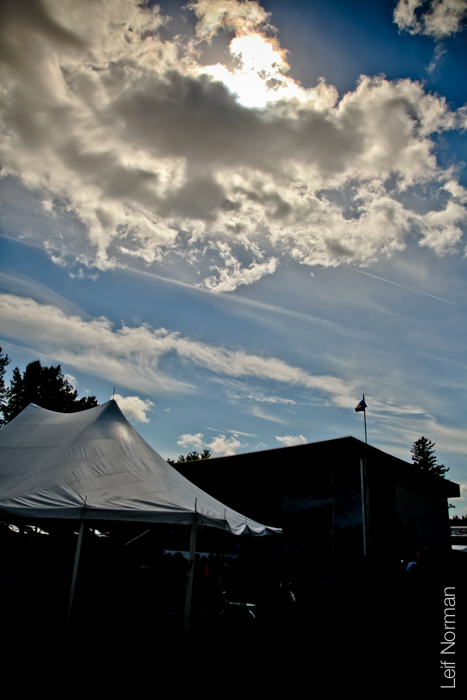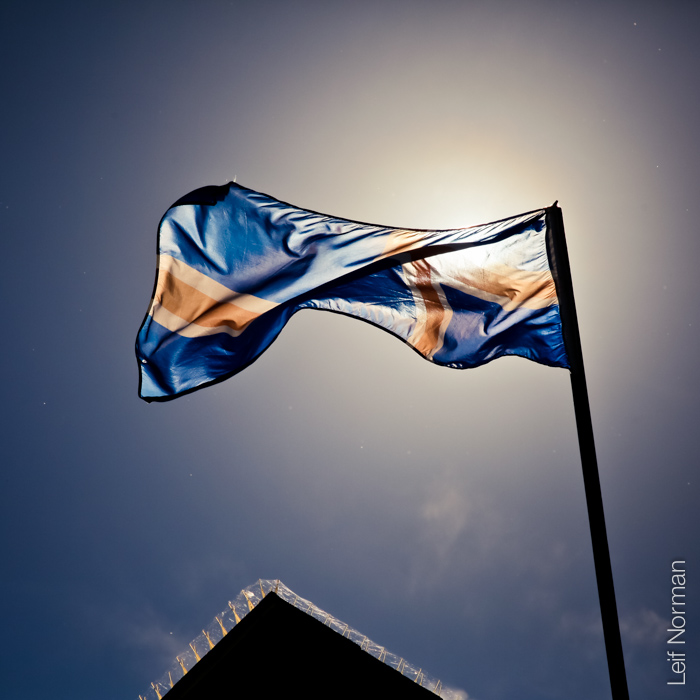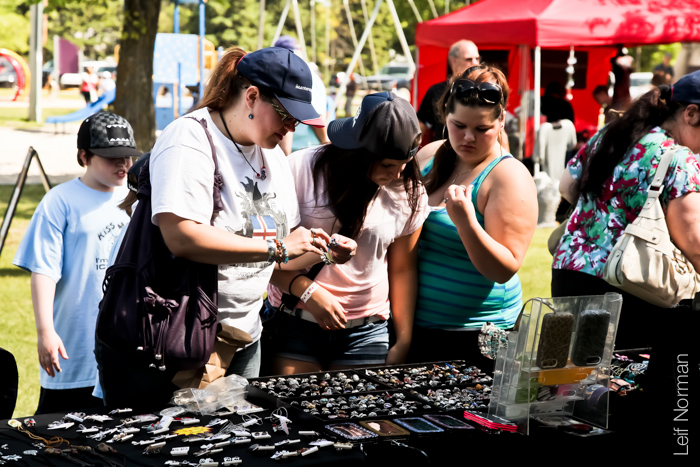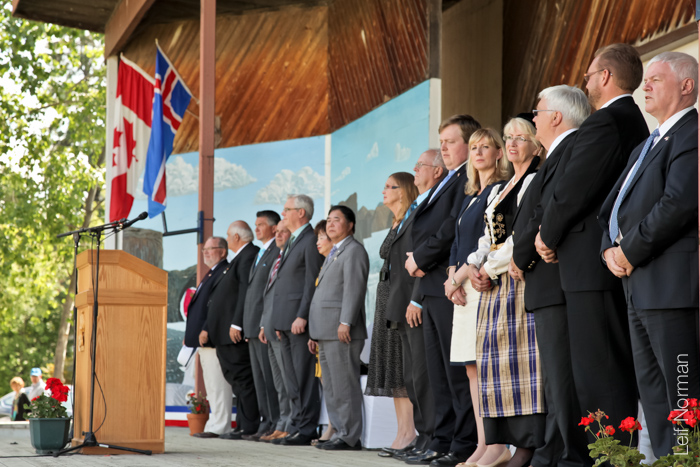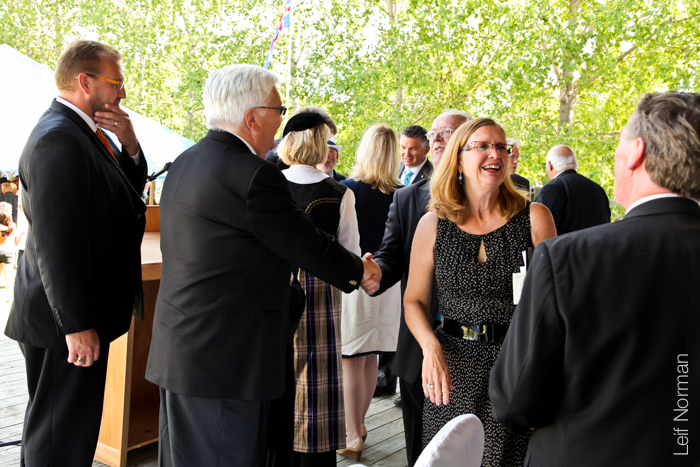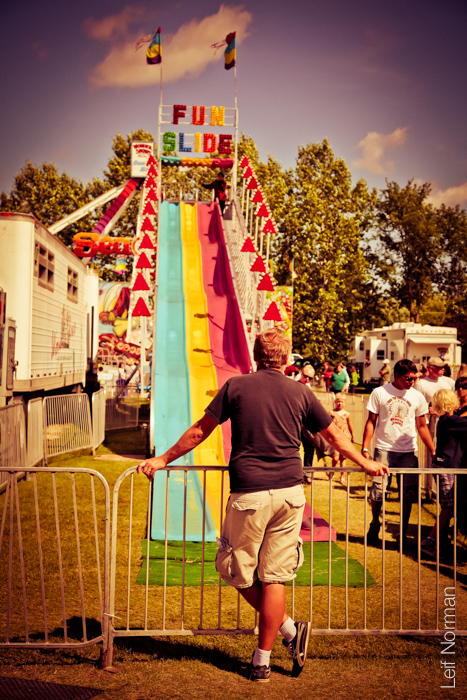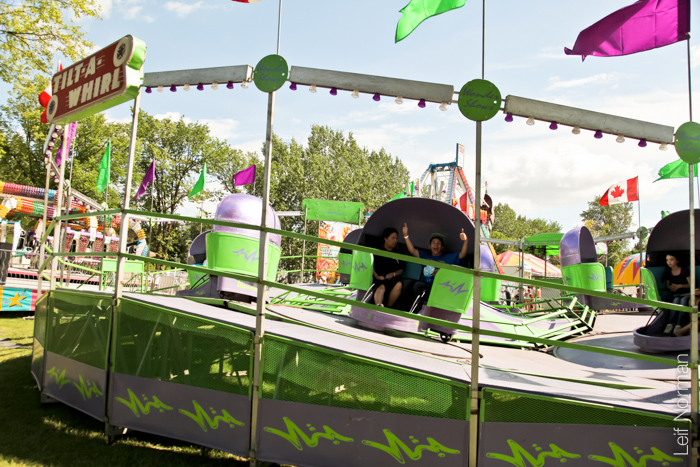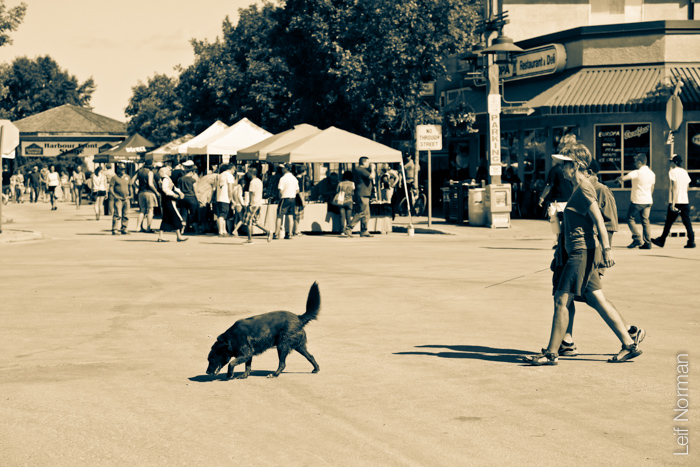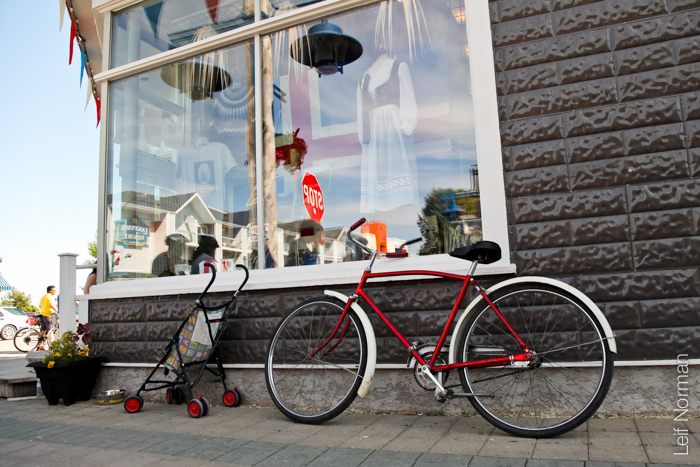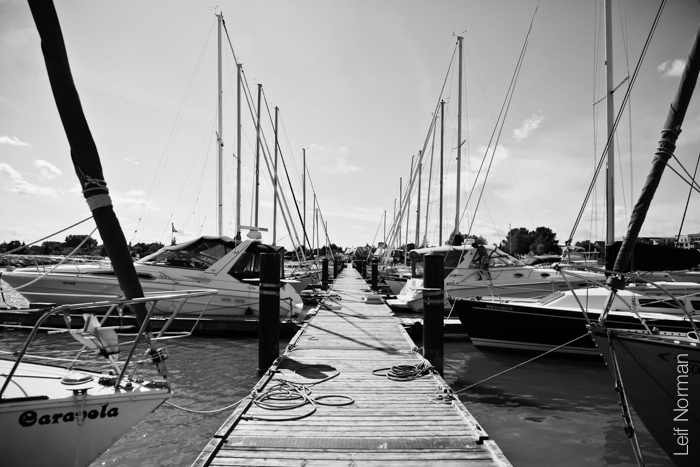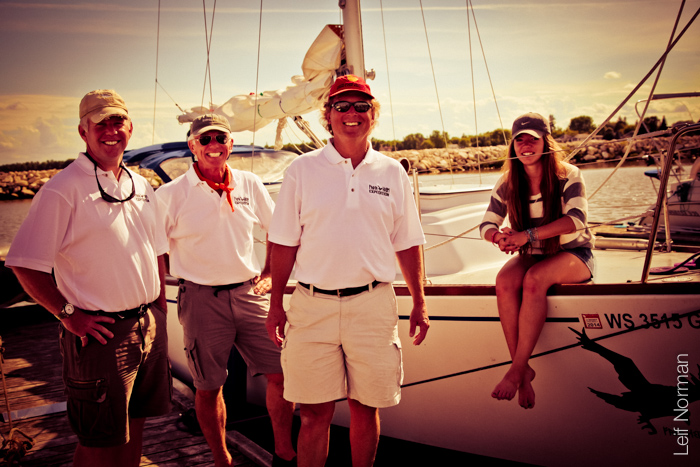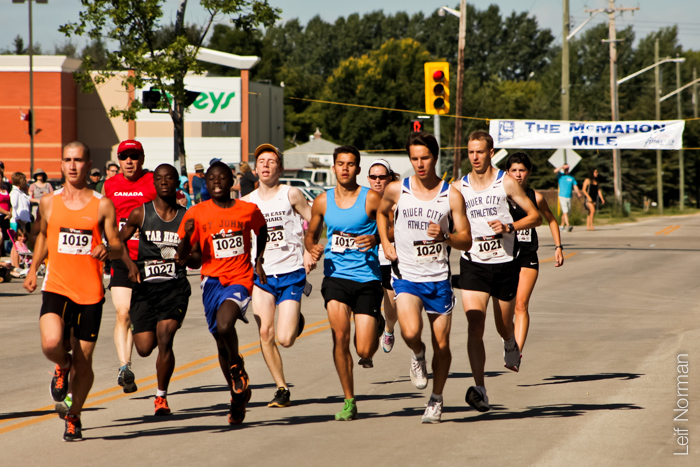
McMahon Mile Run
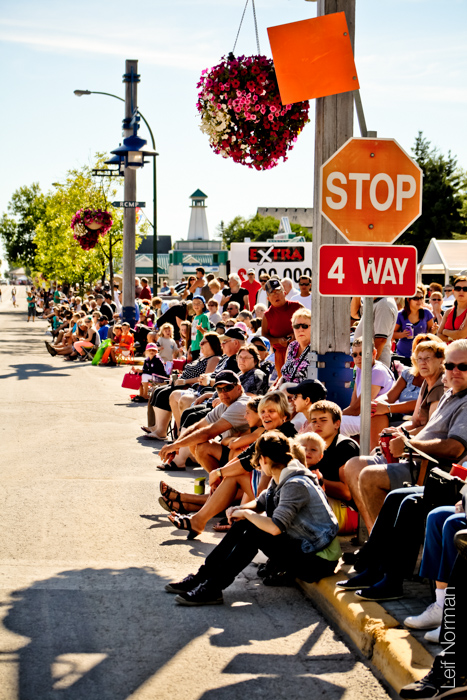
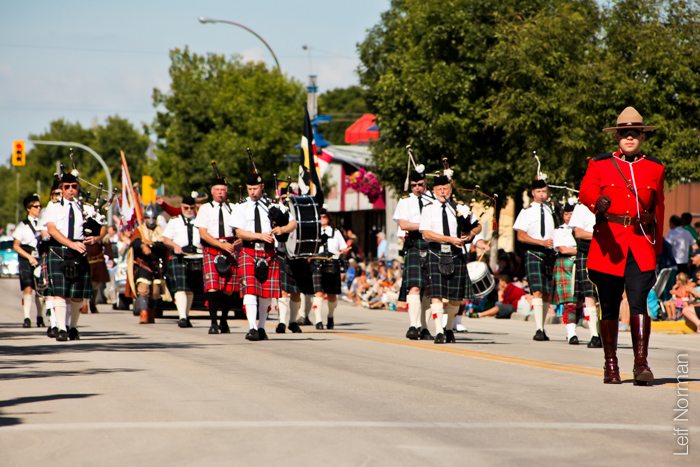
Parade 10 AM
Parade Rules:
The Icelandic Festival’s Annual Parade is the largest parade in rural Manitoba. It attracts thousands of people every year for this grand event.
The parade is open to all entries and is free of charge. Entries fall under the following categories: Commercial, Club, Organization or Team, Children’s/Family, Special Groups, Cultural Entry
Judging: Entries will be judged based on overall message, décor, design, signage, originality, authenticity, cultural relevance and crowd appeal.
Awards: Best Cultural Entry- 1st place $50.00
Best Youth/Family Entry- 1st place $50.00
Commercial: 1st place- $50.00 2nd place $25.00
Club/Organization- 1st place $50.00
Judge’s Award/Best Overall Entry- $50.00
Rules and Regulations:
– All entries are subject to the Parade Marshall and other deputies and can be withdrawn at any time
– All entries are required to register at a major checkpoint AS A GROUP at the Gimli Rec. Centre parking lot (just West of Hwy 9) between 8:30-9:30 am. Please be on time – late entries may not be allowed in the parade
– No giveaways or throw aways on the parade route unless preapproved. Items must be handed out at the curb if approved. Throwing items is prohibited for the safety of spectators.
– All entries must be decorated
– All political or religious entries must be pre-approved by the Icelandic Festival Board of Directors through a written letter of request.
– All marching members should complete the entire parade
– Horse units must be ridden by qualified riders and supply their own cleanup crew for the parade route and marshalling area.
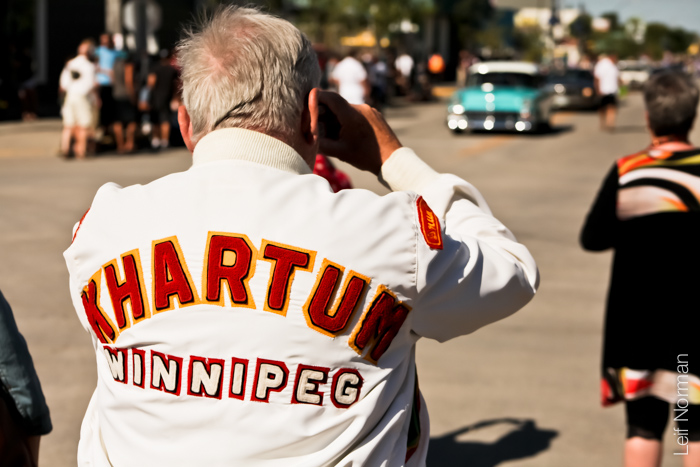
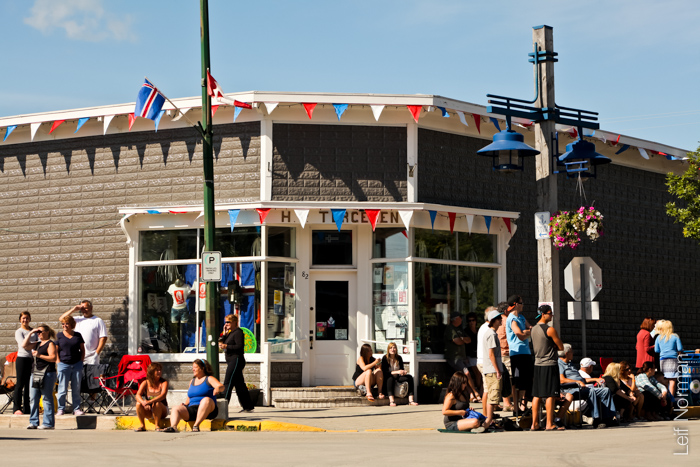
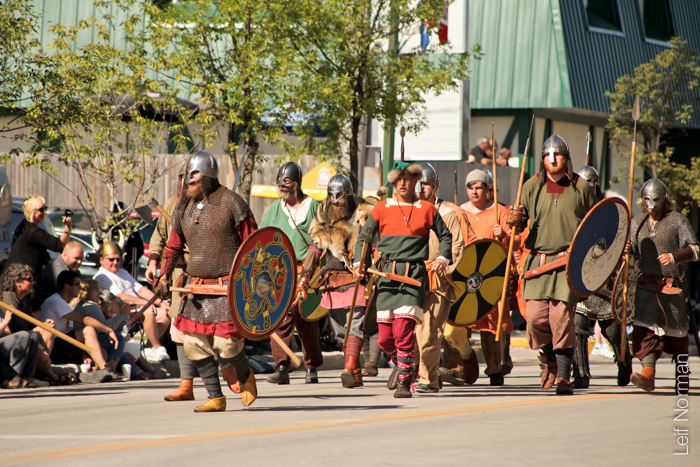
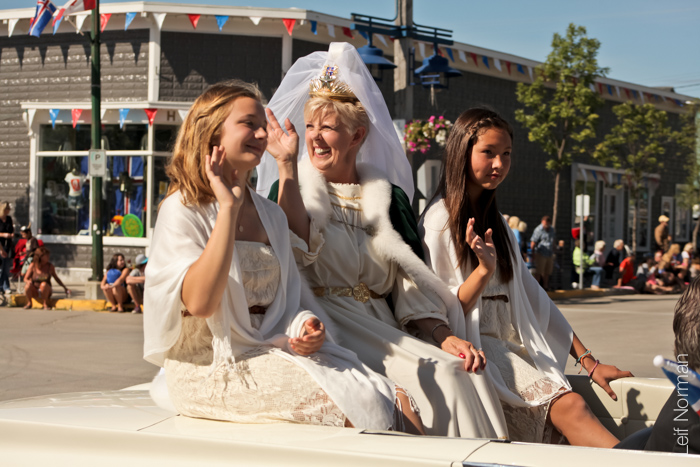

From: http://www.allgov.com/officials/hannesson-hjálmar?officialid=29121
“Hjálmar W. Hannesson was appointed as ambassador to the United States in January 6, 2009.
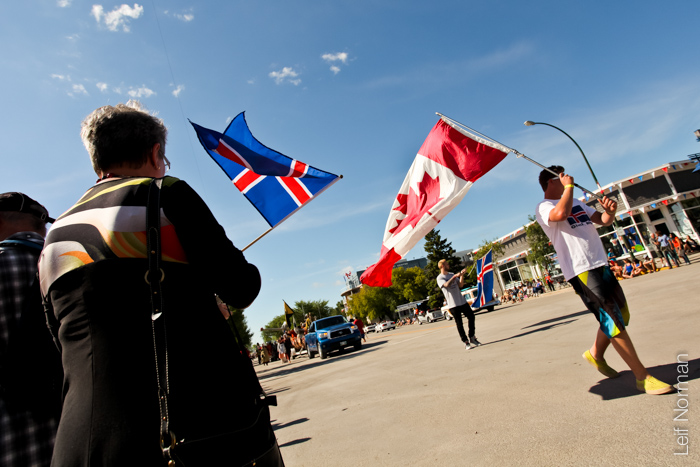
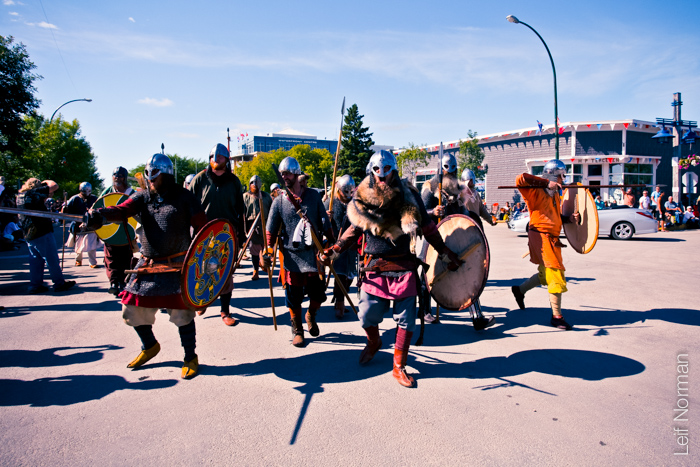
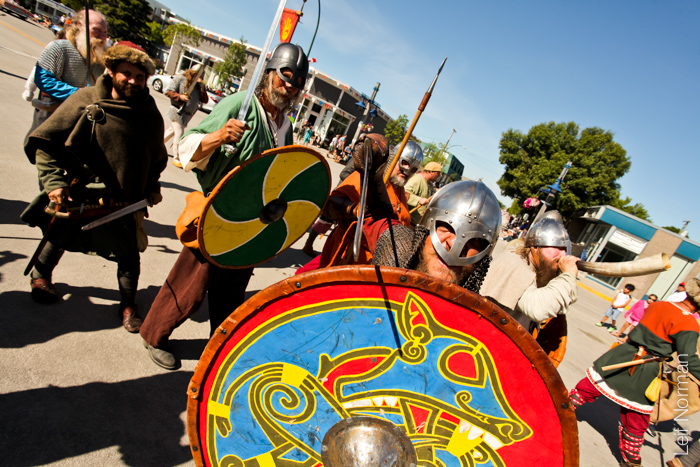
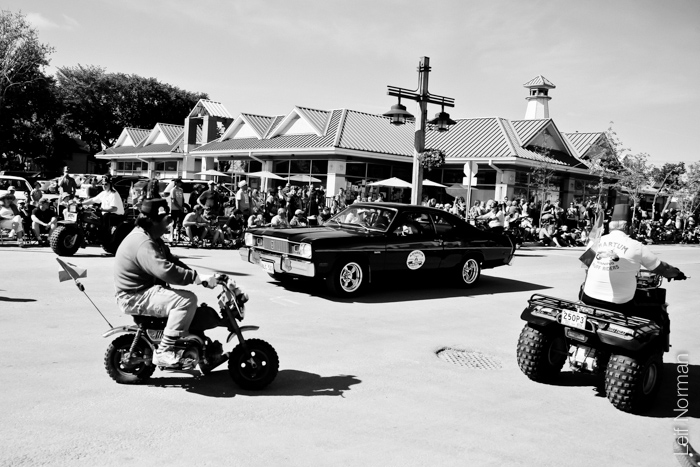
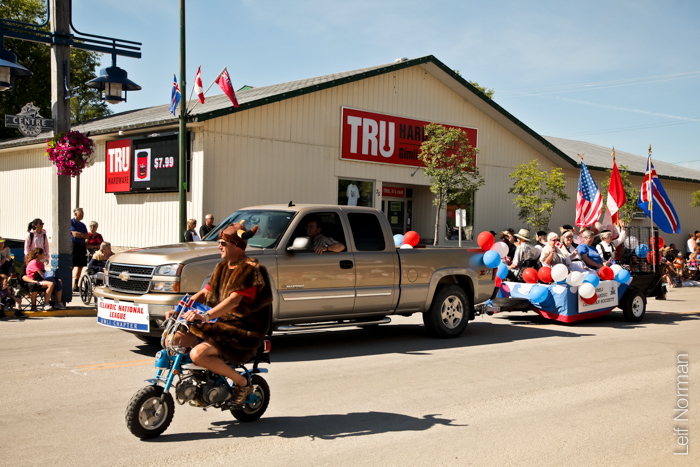

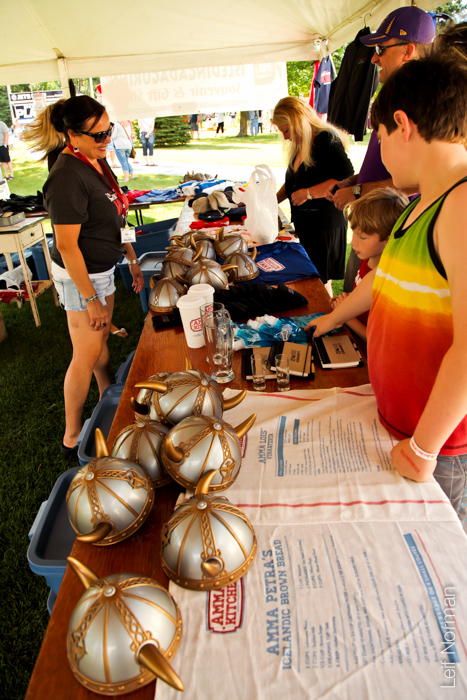
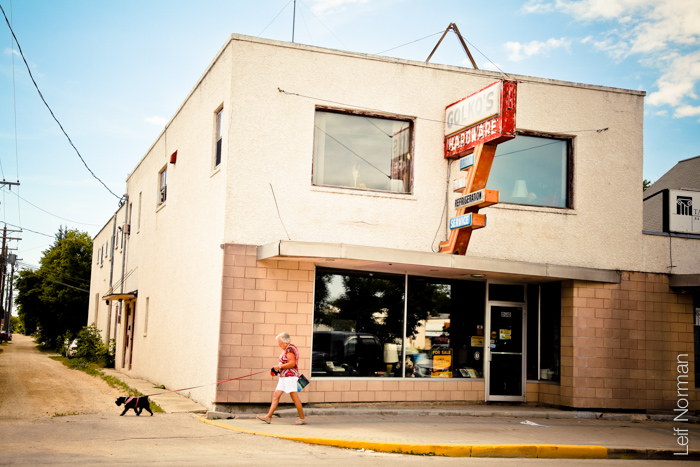
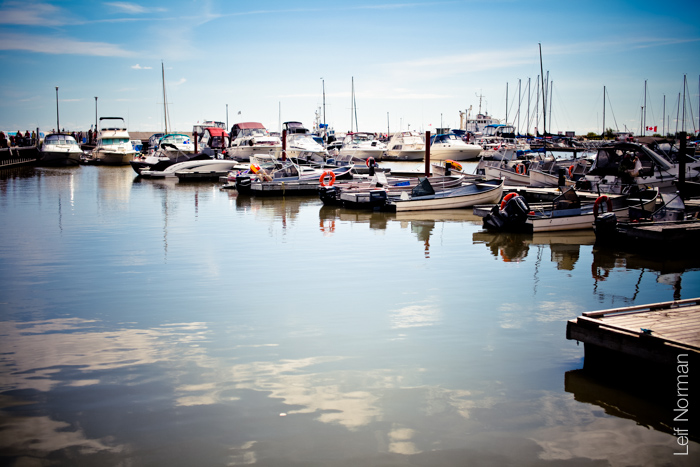
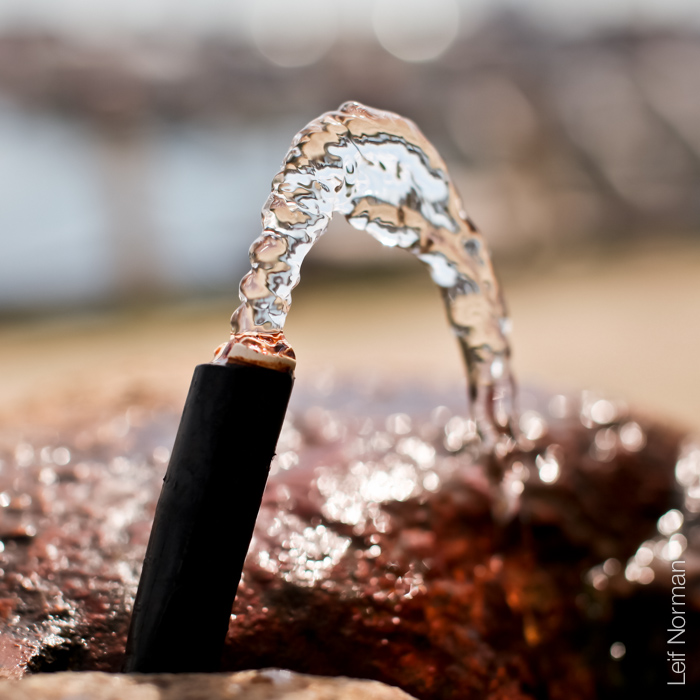
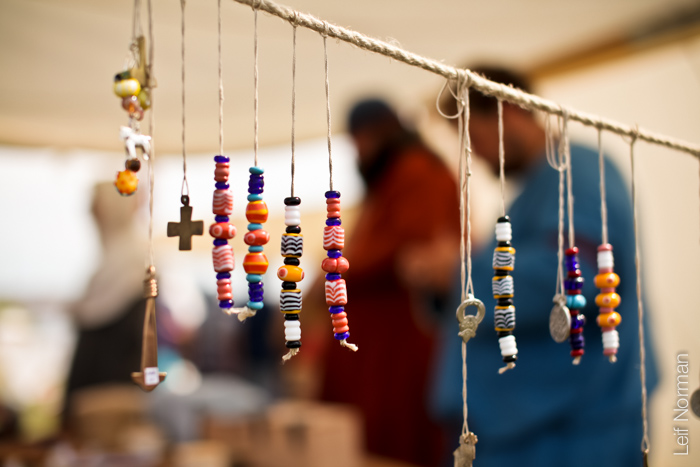
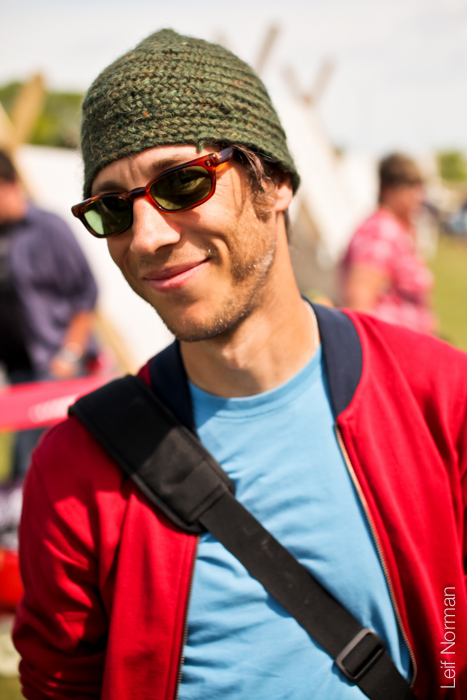
From Wikipedia:
“Nålebinding (Danish: literally “binding with a needle” or “needle-binding”, also naalbinding, nålbinding or naalebinding) is a fabric creation technique predating bothknitting and crochet. Also known in English as “knotless netting,” “knotless knitting,” [1] or “single needle knitting,” the technique is distinct from crochet in that it involves passing the full length of the working thread through each loop, unlike crochet where the work is formed only of loops, never involving the free end. It also differs from knitting in that lengths must be pieced together during the process of nålebinding, rather than a continuous strand of yarn that can easily be pulled out. Archaeological specimens of fabric made by nålebinding can be difficult to distinguish from knitted fabric.
Nålebinding is still practiced by women of the Nanti tribe, an indigenous people of the Camisea region of Peru. They use it to make bracelets. Nålebinding also remains popular in the Scandinavian countries as well as in the Balkans.”


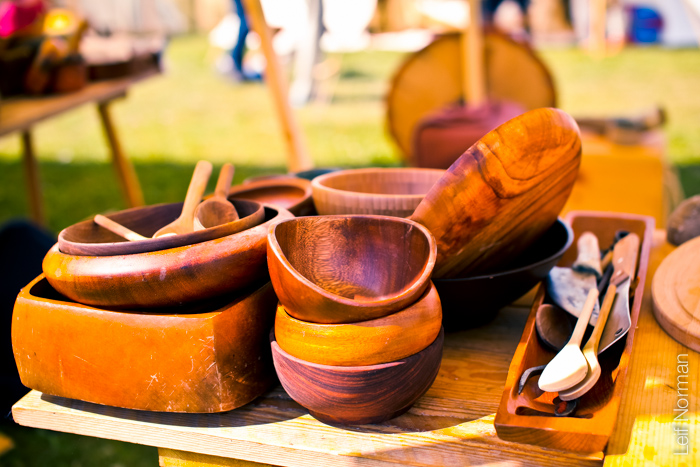
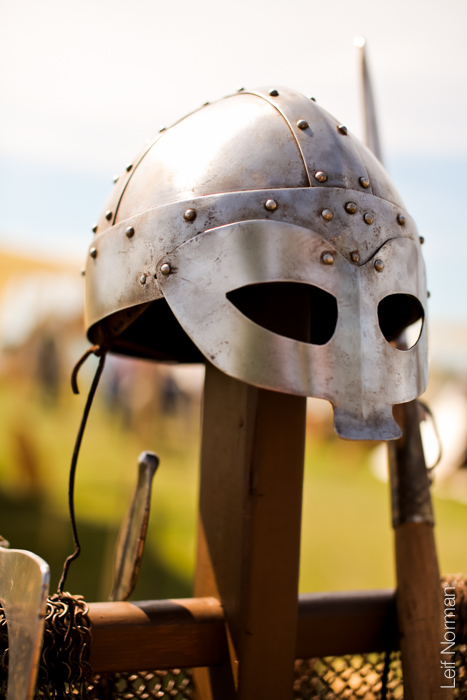
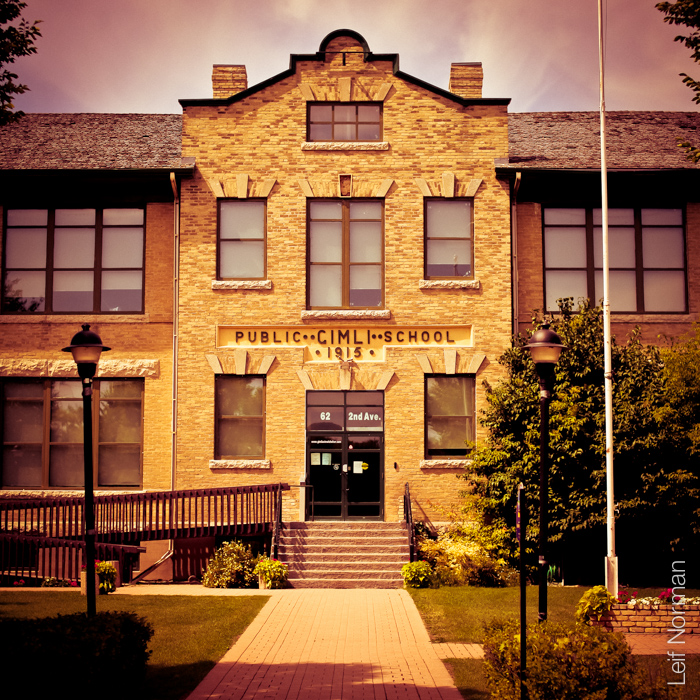

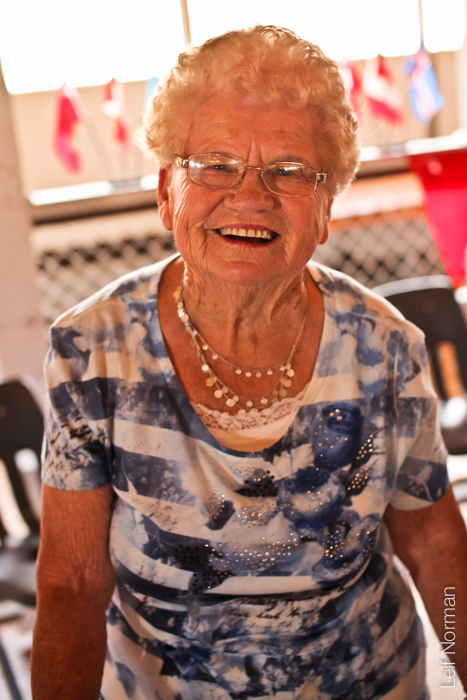

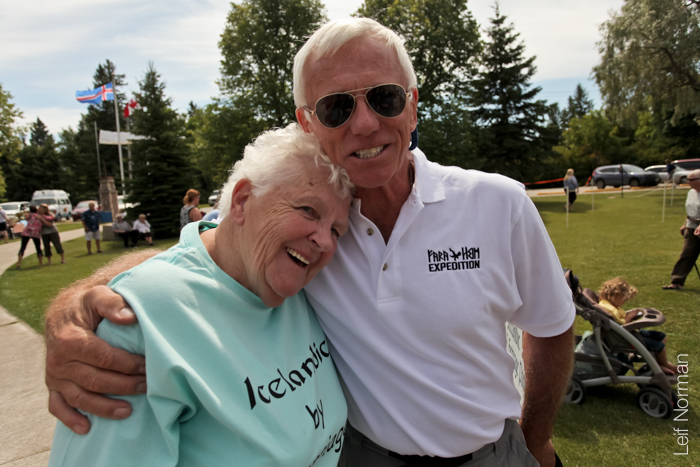
From the Fara Heim website: http://faraheim.com
“Sailing across the waters of the North Atlantic the Norse first voyaged to North America over 1000 years ago. Known as the “Vikings” these early explorers are well documented in the Sagas to have settled Greenland and then explored to the West. Tales of their voyages to mainland North America are also recorded in the Sagas but the detail and extent of their explorations have been mostly lost in time. In the mid-1800s descendants of those original Vikings began emigrating to North America. They followed a sea route to their new homeland that was once well known to their forefathers. These modern day Vikings voyaged to Canada and the U.S. and have since created significant settlements deep in the heart of North America.
For a millennium the flow of historical and genealogical information has been mostly from east to west…with less going the other way. Now, over the last several decades, a hint of ancient voyages to the North Arctic and even to the heart of the continent have been discovered. These whispers from the past and the personal connections to those original voyagers are the motivations for a team of explorers to search for Norse presence in North America while taking a personal voyage into their own history.
Their journey will be to “Fara Heim”. In Old Norse, “að fara heim” means “going home”. The Fara Heim team will voyage from Manitoba, Canada by sail through across Hudson Bay, through the Arctic and then end with a return to the lands of the original explorers.
Using modern search technologies the team will visit likely sites to search for and record the findings of signs of Norse presence. These sites are being selected using historical data, verbal history, community knowledge and analysis of modern data. The search objective is data collection with a defined search protocol being used to protect all visited sites and artifacts from damage and permanent loss. The data package will be analyzed for evidence of Norse presence with positive results leading to formal archaeological digs.”
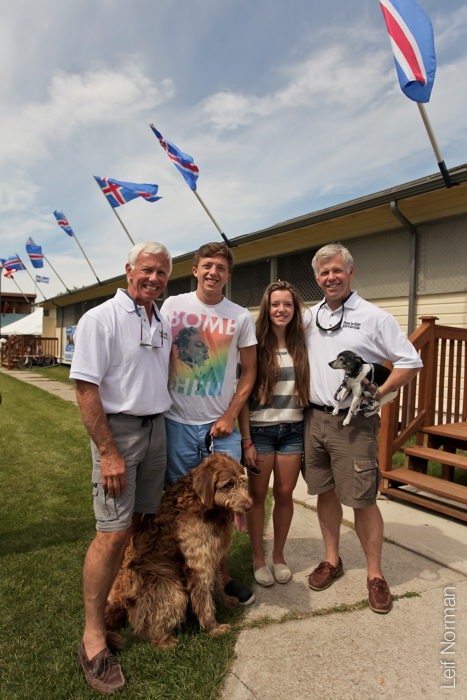
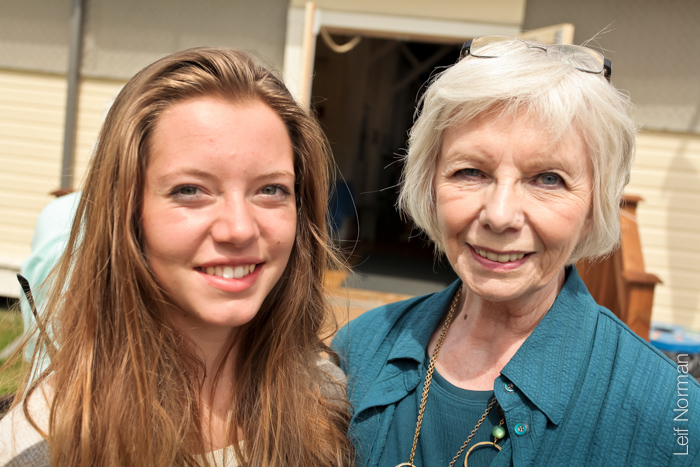
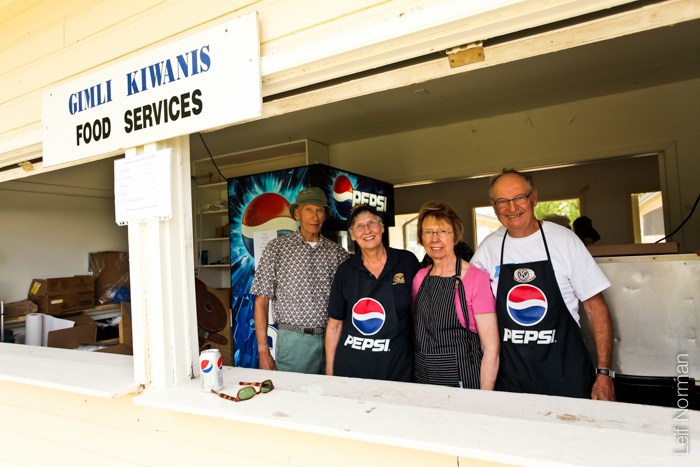
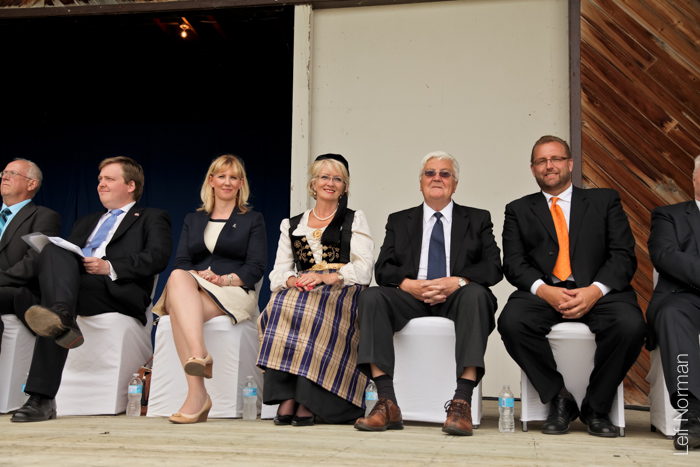
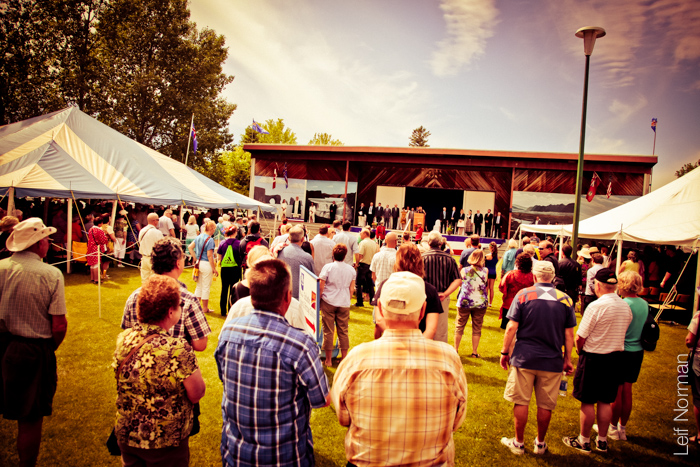
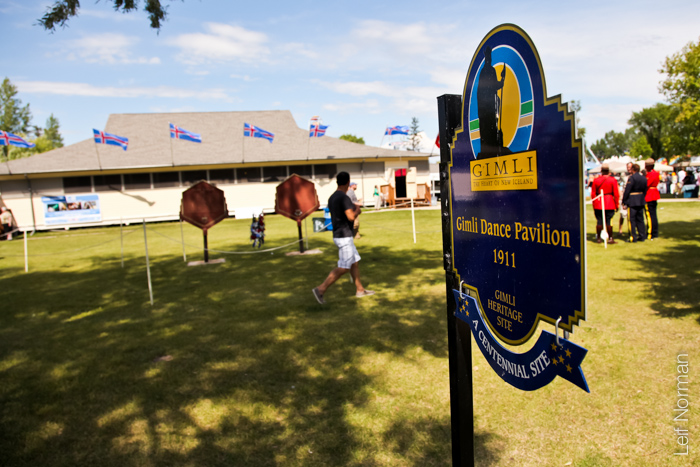
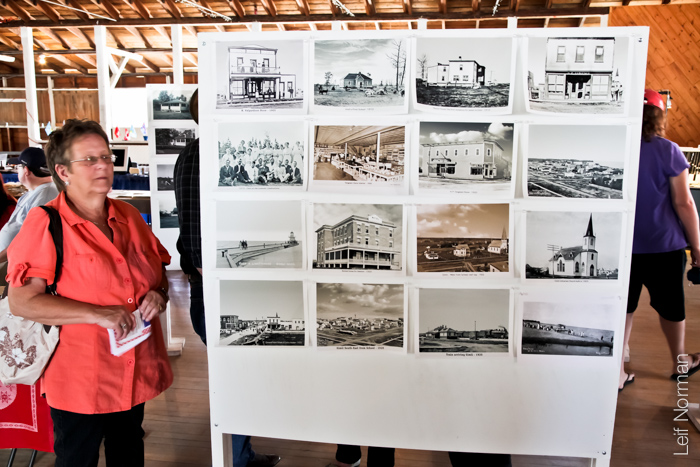
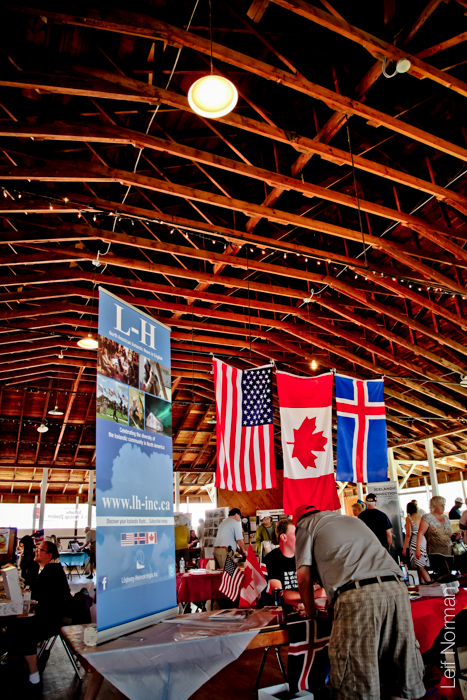
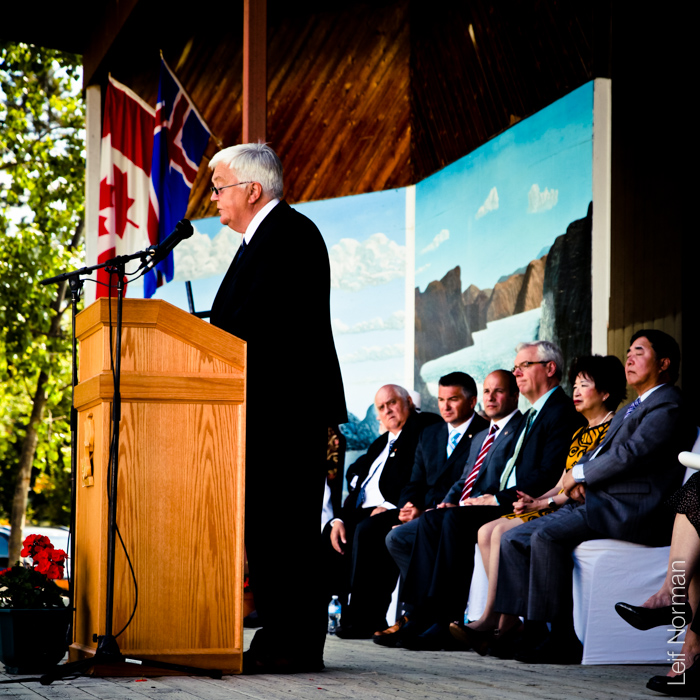
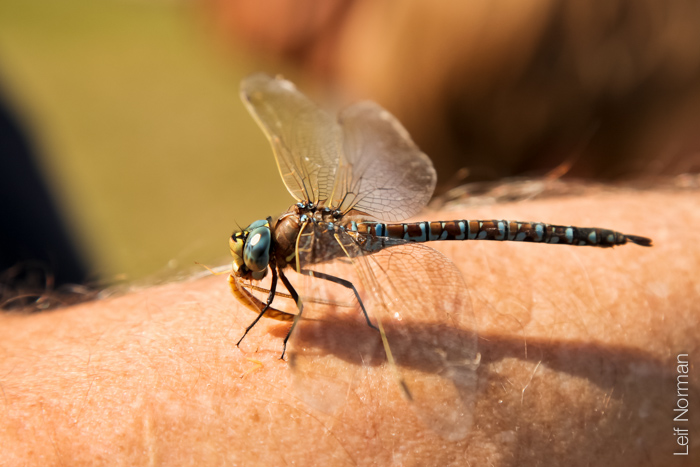
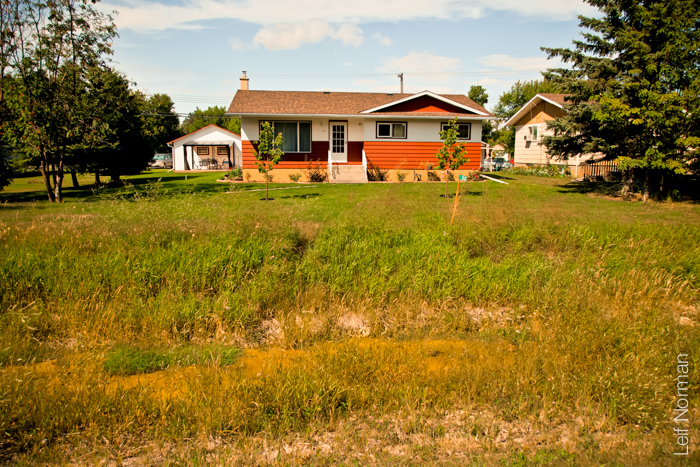
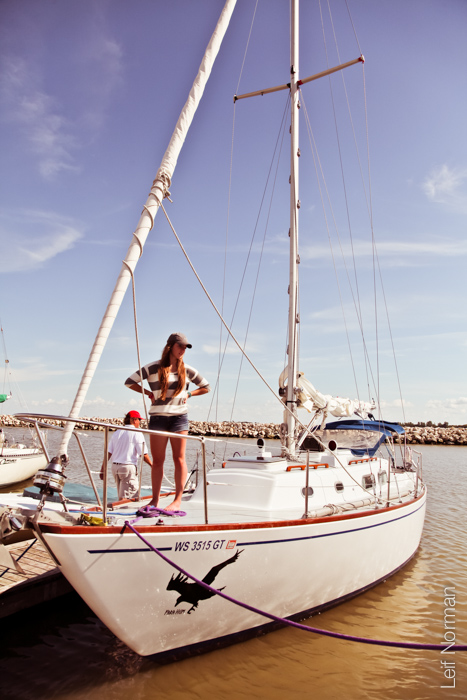
The Fara Heim crew will soon head off to try and find ships that were sunk in the French English “Battle of Hudson Bay” over 300 years ago.
